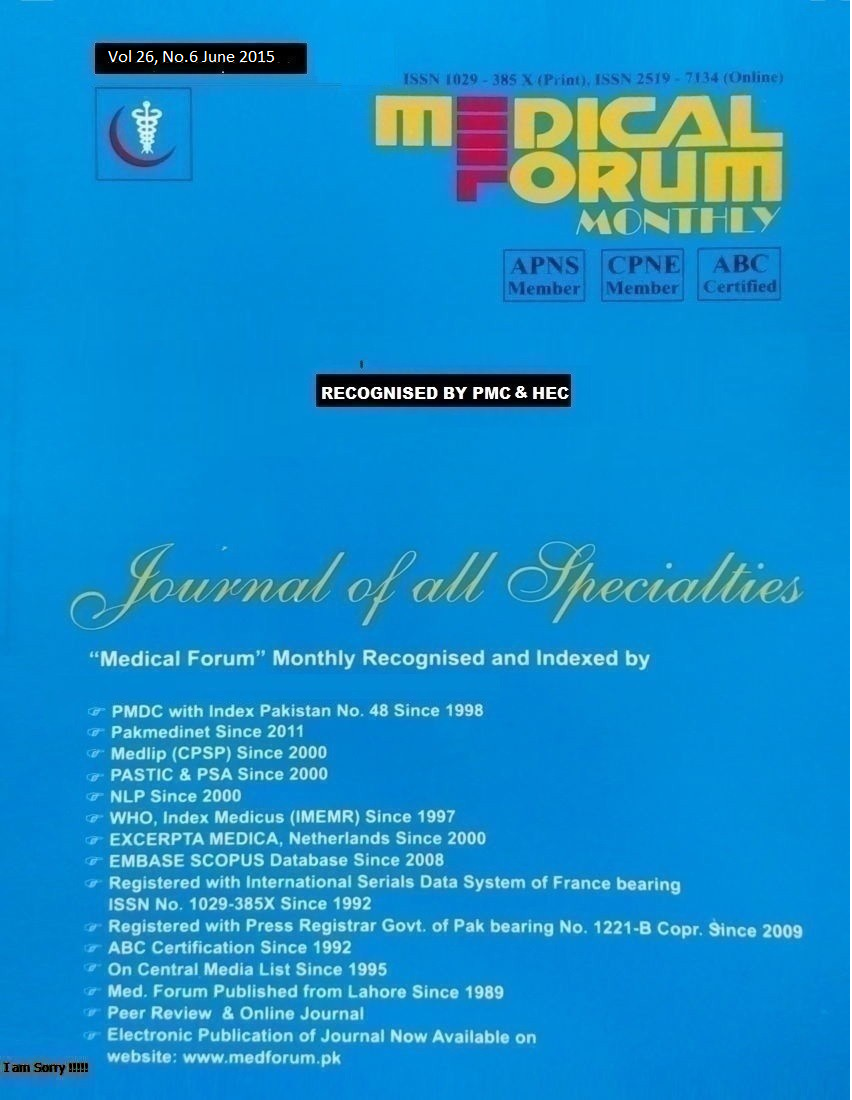
5. Predicting Wellbeing in Irregular Shift Workers
1. Surriya Jabeen 2. Aneesa Matloob 3. Ayesha Sarwat
1. Assoc. Prof. of Community Medicine, 2,3. Asstt. Prof. of Psychiatry. DIMC, Dow University of Health Sciences Karachi
ABSTRACT
Objective: Objective of the study was to assess wellbeing and its relationship with sleep pattern from the biological rhythm science aspect.
Study Design: Cross sectional study
Place and Duration of Study: This study was carried out at Dow University Hospital. Dow university of Health Sciences Karachi from November 2013 to January 2014.
Materials and Methods: This was a non-interventional cross sectional study. Wellbeing was measured in the study subjects (health care provider) working in irregular shift .To profile wellbeing, the instrument used was an integrated questionnaire. This measuring tool has a established scale based on subjective feeling of wellbeing (happiness) where higher score suggested a higher level of wellbeing, low scores suggested a fragile level of wellbeing. Subjects were interviewed and their reply was documented .Influences of a misaligned sleepcycle was measured on positive emotion scale quantitatively.
Results: Results revealed a decreased strength of wellbeing amongst rotatory shift workers. Mean scores inferred from happiness scale in the present study was 3.75± 1.02 .
Conclusion: It was concluded that sleep/wake misalignment is associated with emotional fatigue .With the introduction of biofeedback as an intervention in certain stress related disease . It has become mandatory to open new windows and option which has become essential in experimental research for applied purpose. Key Words: Sleep Cycle, Wellbeing, Shift Workers, Environment, Biological Rhythm.
Citation of article: Jabeen S, Matloob A, Sarwat A. Predicting Wellbeing in Irregular Shift Workers. Med Forum 2015;26(6):16-19.
